MYTHOS
art performance
MYTHOS.
RETURN TO THE MYTH
In antiquity mythological narrative (μῦθος) is the magical language that answers questions about the origin of things, tells about the gods and describes the elements. Mythos uses metaphor, makes no distinction between object and symbol. Logos (λόγος) is the language of reason, of the thesis and the argument. With the development of philosophy and science, Mythos begins to disappear as a true story of the world. This transition has a big impact on Western culture.
Mythos is the original, sacred language of poetry, art and ritual, the language that speaks to the soul as if it is talking to a child.
Mythology is a two-part unit: theogony – the myths about genealogy, the birth and life of gods, and cosmogony – the descriptions of the world and its origins.
There are several preserved authentic sources of myths in Ancient Greece (Homeric epics and hymns, Orphic hymns, Theogony), but the researchers say
that “Theogony” (VIII – VII century BC) is written with
a freedom, unusual for the time that creates a new mythological language.
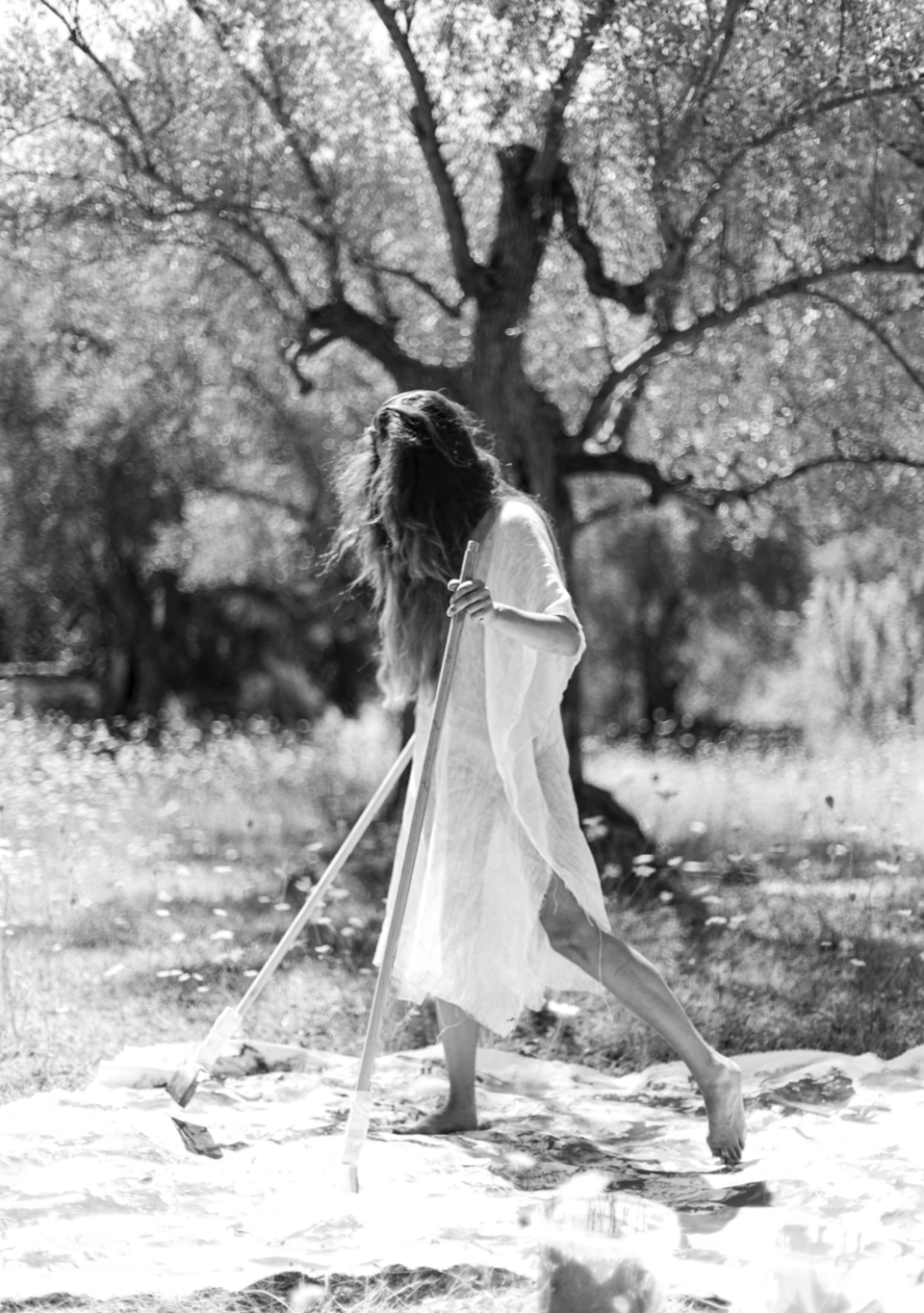
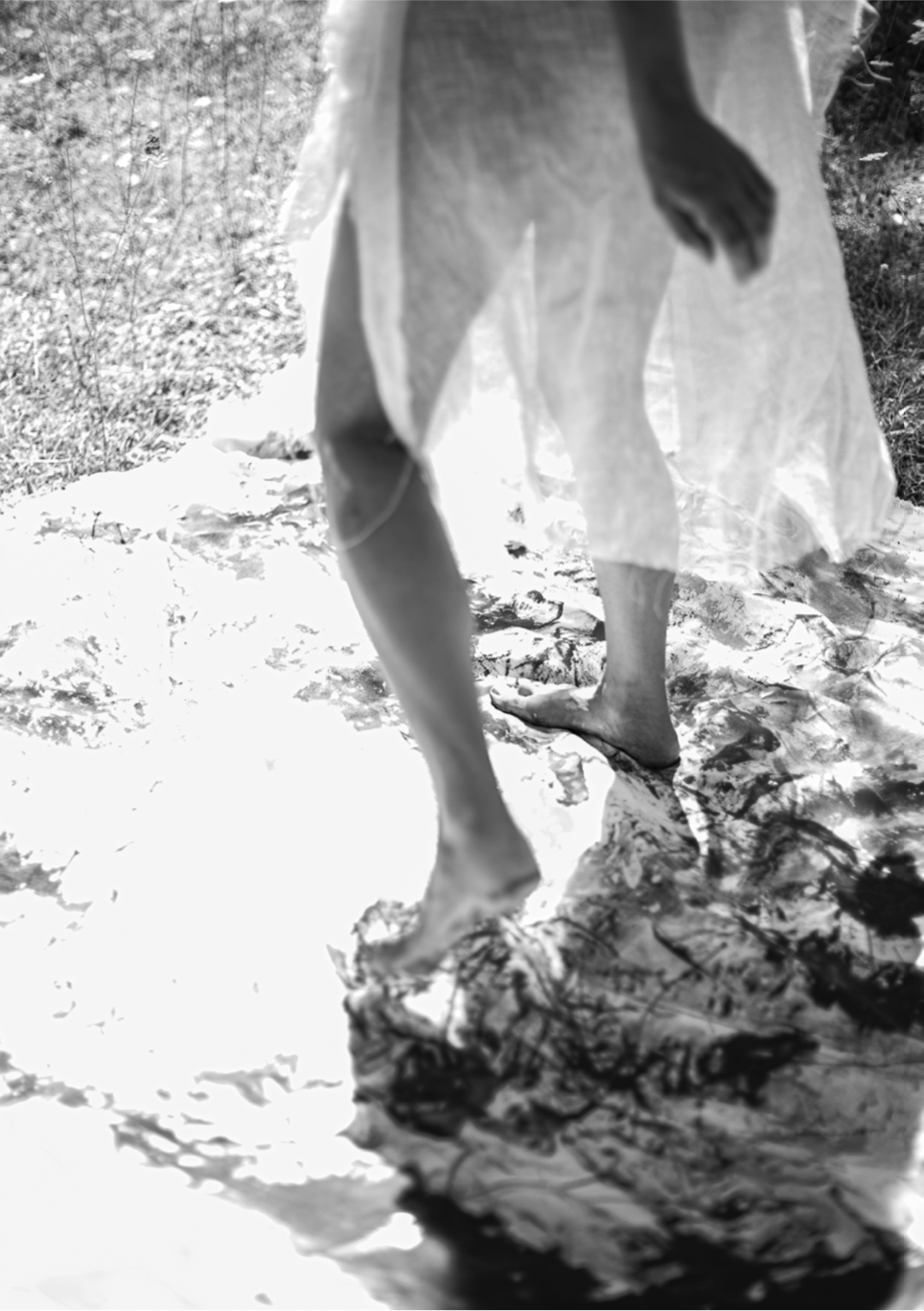
The narrative begins with the spontaneous birth of Chaos – chaotic dark abyss. The other first elements are Gaia, Tartar, and Eros, which do not arise from each other but as values. Gaia alone creates and gives birth to Uranus, the mountains and Pontus, who alone gives birth to Nerey. Aether (Brightness) and Hemera (Day) are the children of Ereb (Deep darkness) and Nukta (Night), which alone gives birth to a whole generation of gods. The invisible universal relations in the human world attributed to the outer universe are added. Some are traditional symbolic entities; others – pristine allegories; others again – the boundary between image and philosophical concept.
The modern world is spinning fast and is gradually becoming “naked of myths”, while the soul continues to need its stories. So again and again art has to come back to the myth.
The need to create myths doesn’t’ go away, despite
the formulas that Logos gave us. Only Mythos can penetrate in the realm of life, death, and poetry, the realm of mysteries.
In one of his essays the philosopher Odo Marquard says“Mythonudism strives for something impossible, because, it seems to me, every demythologization is
a well-compensated process, the more myths one takes off, the more myths stay on….Human beings
are subject to myths, a mythically naked life, without stories, is not possible.“
p. 92 “In Praise of Polytheism (On M0nomythic and Polymythic thinking), Odo Marquard Farewell to Matters of Principle- Philosophical Studies (Odeon) 1989.
Inspired by the need to rediscover myths and led by my knowledge of ancient languages and history of cultures, I created the concept of “Mythos. Return to the Myth“.
Painting performance in which on a large-scale canvas I want to interpret a myth from the poem “Theogony” by Hesiod. A composition by the string duo “Fenix” (Enrique Barrenengoa and Elisabetta Monacelli) was especially created for this purpose and will be played live during the performance.
MYTHOS PERFORMANCE
La Nit De l’Art 2019
Palma de Mallorca

Gaea
Acrilyc and industrial paint on not famed canvas
150 x 200 cm
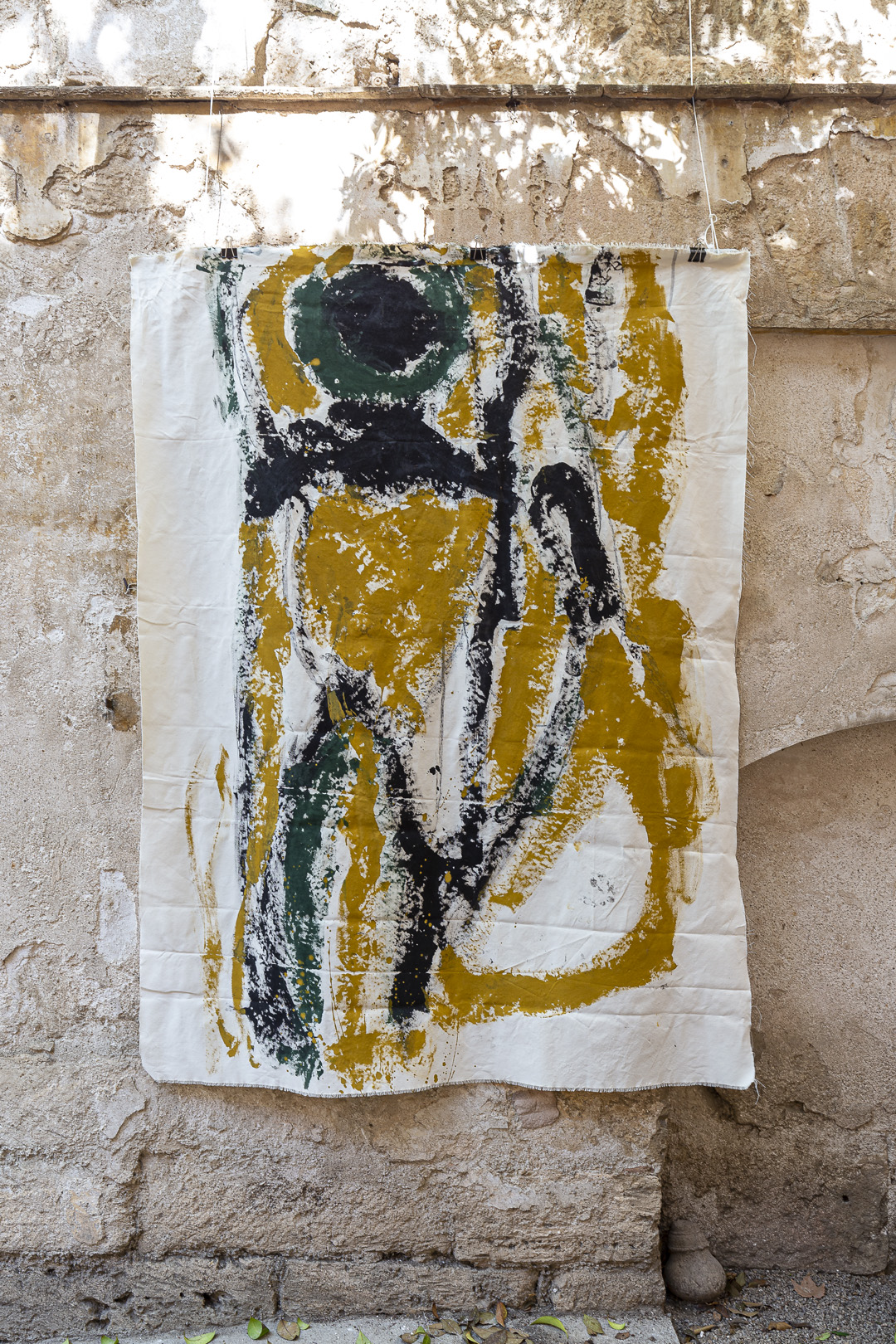
Chaos
Acrilyc and industrial paint on not famed canvas
150 x 200 cm
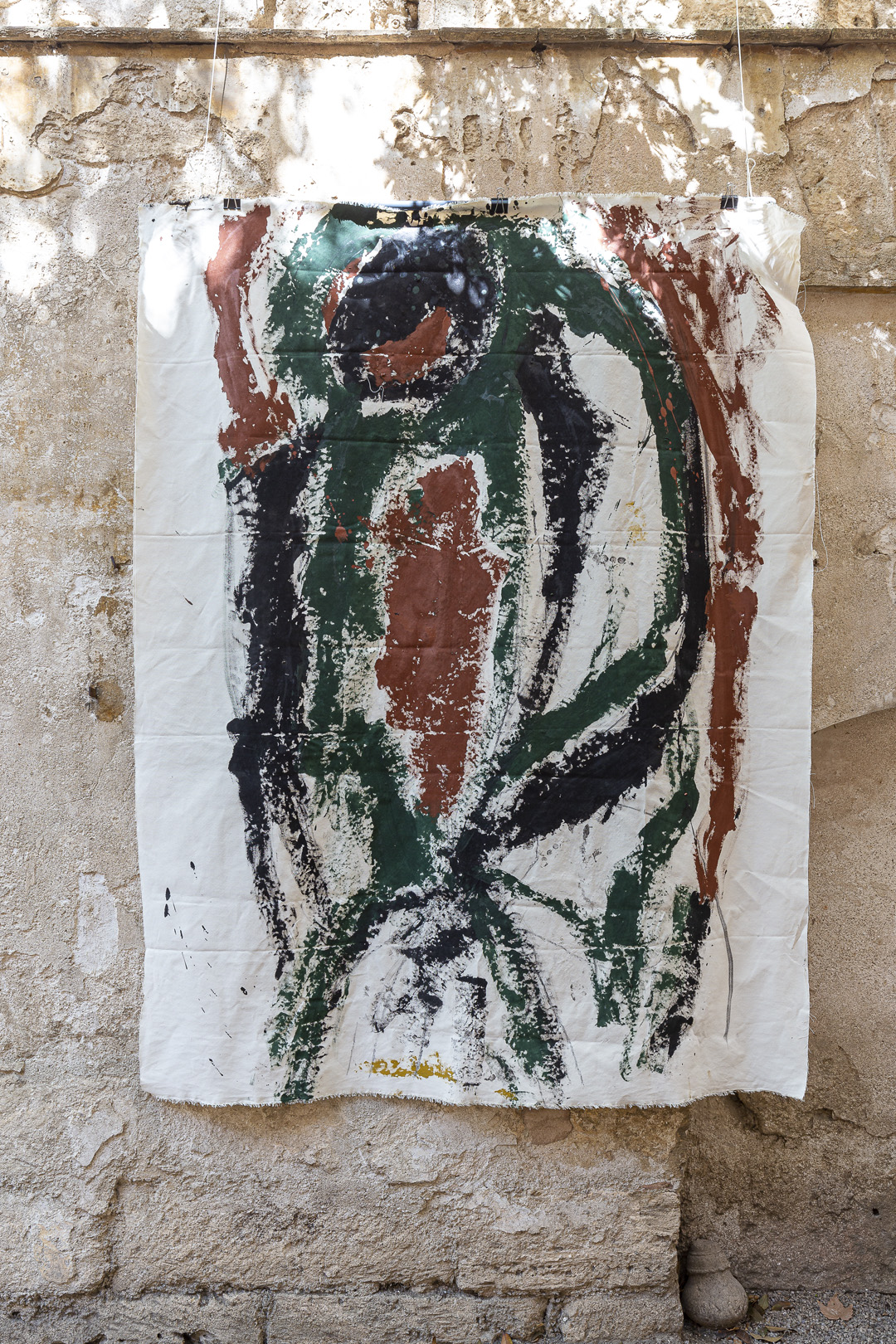
Eros
Acrilyc and industrial paint on not famed canvas
150 x 200 cm

Tartarus
Acrilyc and industrial paint on not famed canvas
150 x 200 cm

Myths
Acrilyc paint on books
110 x 150 cm

Calliope – the muse of heroic poems
Acrilyc and industrial paint on not famed canvas
100 x 200 cm

Erato – the muse of love poetry
Acrilyc and industrial paint on not famed canvas
100 x 200 cm
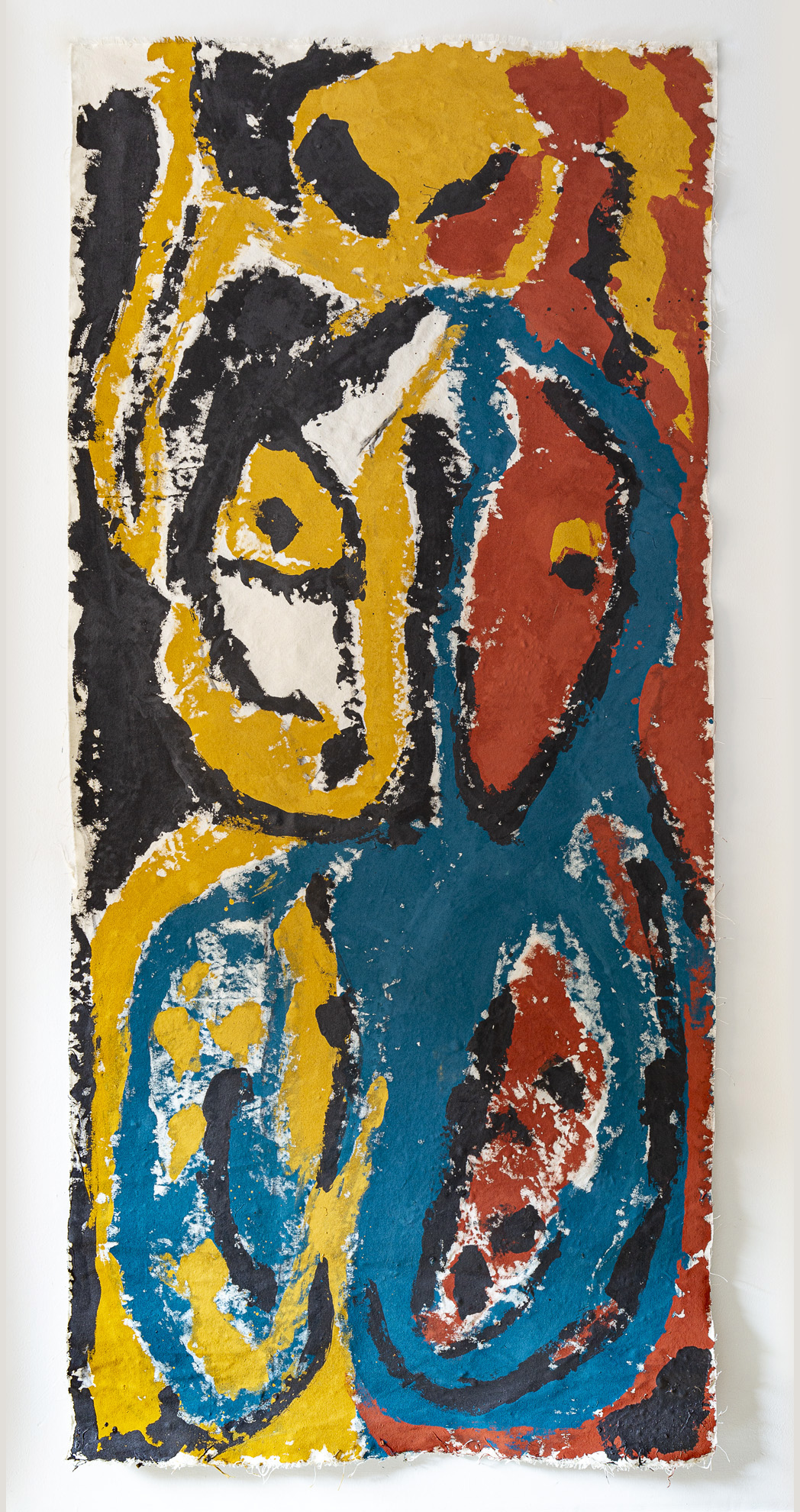
Polymnia – the muse of divine hymns
Acrilyc and industrial paint on not famed canvas
100 x 200 cm